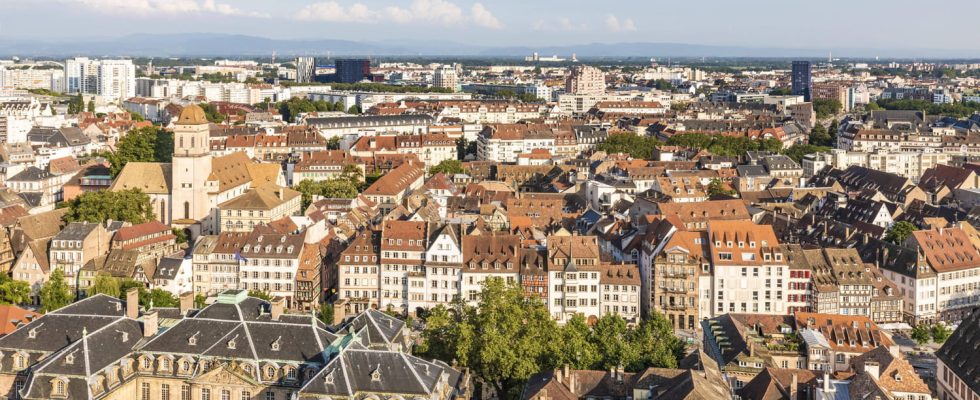Every year, numerous earthquakes occur near the border between France and Germany. Scientists are worried.
The risk of earthquakes is very uneven across the entire planet. The reason is this: earthquakes come from fracturing of rocks deep beneath the earth’s surface. And for a region to be exposed, it must be located between tectonic plates, these large plates which form the earth’s crust and which move from a few millimeters to a few centimeters per year in the upper part of the earth’s crust.
It is therefore in theory quite simple for scientists to identify the regions which are likely to be shaken by an earthquake. In these areas, local authorities closely monitor seismic activity and develop safety protocols and information and awareness campaigns among the population. Some regions even carry out simulation exercises to anticipate the best rescue actions in the event of an earthquake.
However, every rule has its exceptions. Less than 130 km as the crow flies from Strasbourg, the German town of Albstadt and its surroundings are victims of repeated earthquakes and scientists are struggling to find an explanation. This city defies scientific certainty by being in an area that should not experience tremors. The town of Albstadt is in fact neither near a volcano nor near a fault. However, the magazine International mail reports that in 2022 “99 seismic tremors hit this place, located in the southwest of the country, halfway between Stuttgart and Lake Constance”. The magazine adds that around sixty earthquakes also took place in 2023, which gives a total of 159 earthquakes in two years, in a region which should not be affected by this phenomenon.
Without explanation, scientists looked closely at Albstadt’s case. Only conclusion for now, according to the German magazine Der Spiegel : the researchers realized that the city is located near “underground fissures and breaks”. Stefan Stange, in charge of the region’s seismological research center, explains to the magazine that he doesn’t know any more: “We know a lot of things, but we have no idea what really causes earthquakes.”
Eager for answers, researchers have placed surface sensors in the region which should make it possible to gather enough data to understand the phenomenon. In particular, they would make it possible to anticipate the earthquakes which now punctuate the lives of residents and could cause major damage as far away as France.
The last earthquake in Albstadt occurred on November 30, 2023 with a magnitude of 1.3 on the Richter scale. But in 1911 an earthquake with a magnitude of 6.1 occurred, the largest in Germany to date. Tremors were felt as far away as central Europe. According to Stefan Stange, the risk of seeing such an earthquake happen again is real. He told Der Spiegel: “The next big earthquake will happen, whether it’s tomorrow or in three thousand years.”
